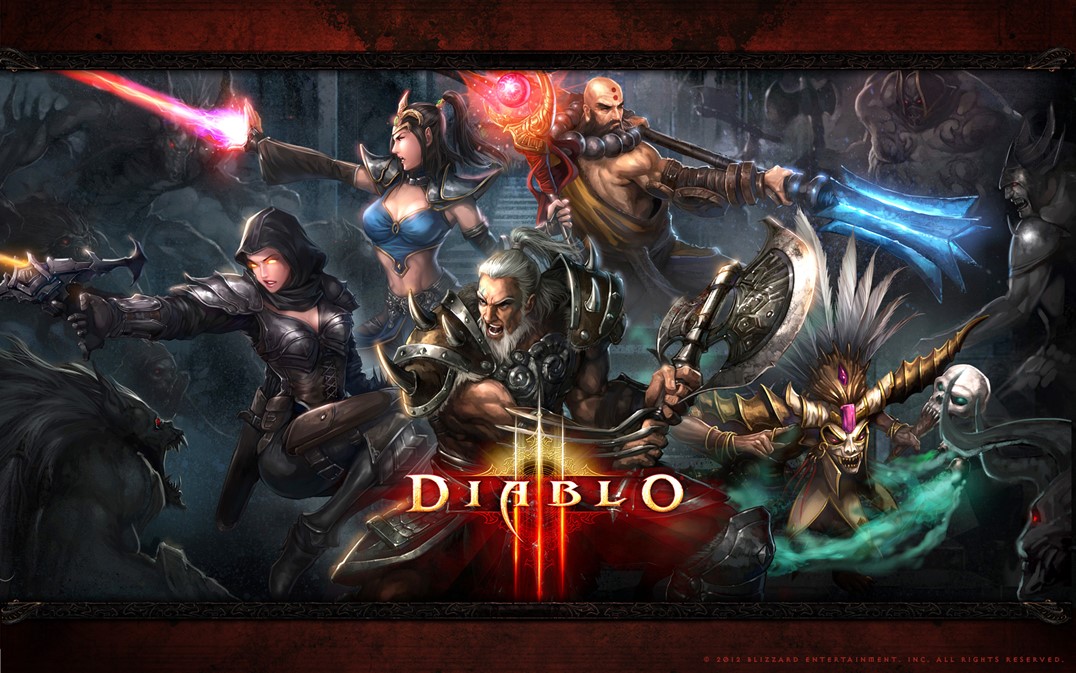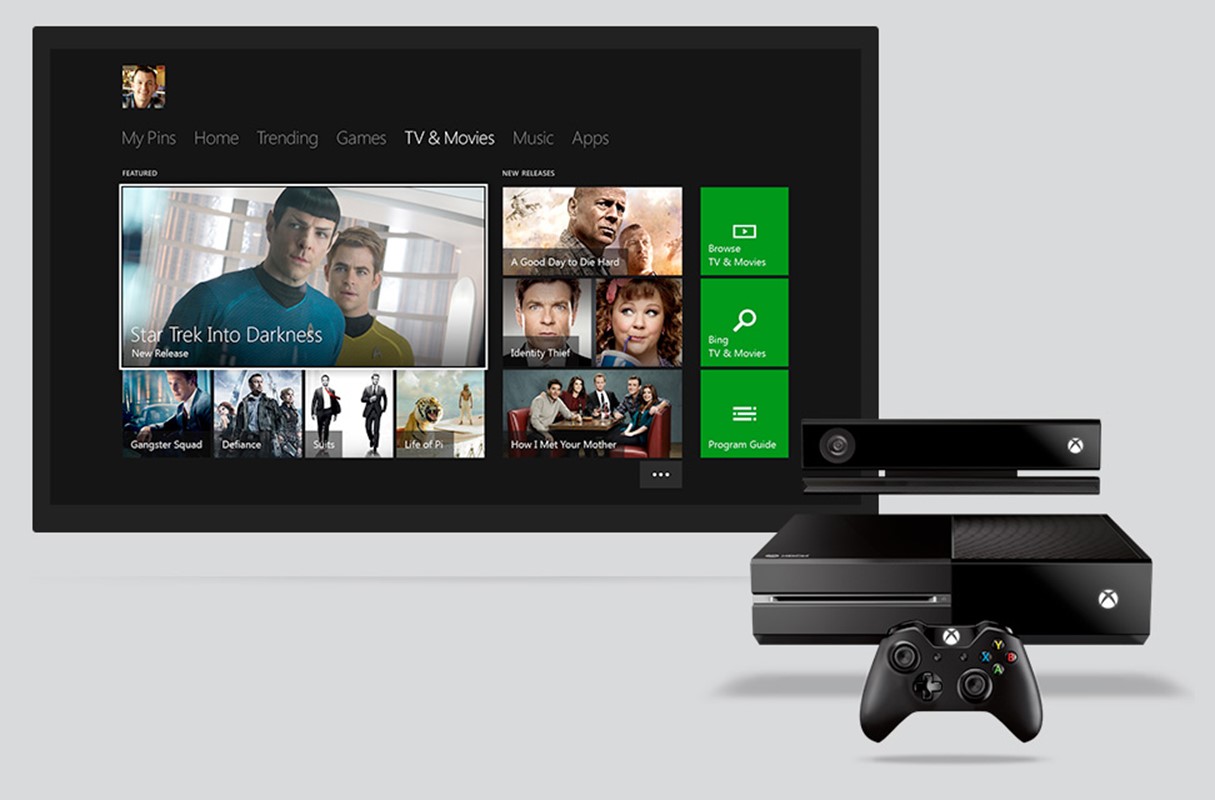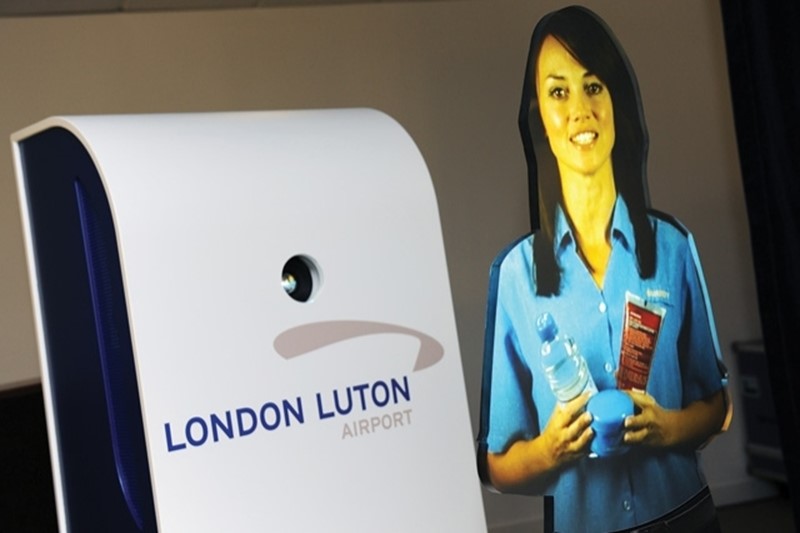
Diablo III’s real money auction house has been having issues for a while now. In the truly excellent Ivy Business Review William Meneray provided a broad overview of how the makers of the game decided to agree upon a real money auction house, and why things have been disastrous since:
- Before Diablo 3, Blizzard – the company behind the game – had released World of Warcraft, a game which required users to pay a monthly subscription to play.
- While the venture was exceedingly profitable, soon many games adopted a subscription pricing model, and it was clear that gamers had grown tired of paying fees.
- At the same time games on Facebook that allowed users to purchase in-game items for real money were meeting with incredible success.
- Blizzard decided to use this model for its next game – Diablo 3. Players would be allowed to exchange real money for digital items.
- In the earlier installment of the game – Diablo II – there had been a black market, where users could essentially exchange real money for in-game items. The practice was banned but the market persisted.
- By having its own real-money auction house Blizzard was effectively legalizing something that had previously been banned. By doing so it was hoping to control it – and make some profits on the side (around 15% per transaction).
- However the economy has been suffering from hyper-inflation. While players can get money there’s nothing that effectively takes money out of the system, fuelling high prices.
- Gold farmers – those who are paid to play the game for the sole purpose of generating profits, like workers in a factory – also upset the economics of the game by making up to $60 million per hour.
- Gamers, meanwhile are not only upset by the failing economy of the game, but also because the game is now less fun to play. Blizzard had made it harder for players to find good items, reasoning that they could easily obtain it themselves through the new auction house. With the inflation making prices unaffordable players have trouble advancing in the game.
The full article is very well written – you should also check out the rest of their site and expect to see us link to more of their content in the future. This article on Diablo was also the first in a multi-part series, so look out for the next installment.
Source: Ivey Business Review


















Join the Discussion! (No Signup Required)